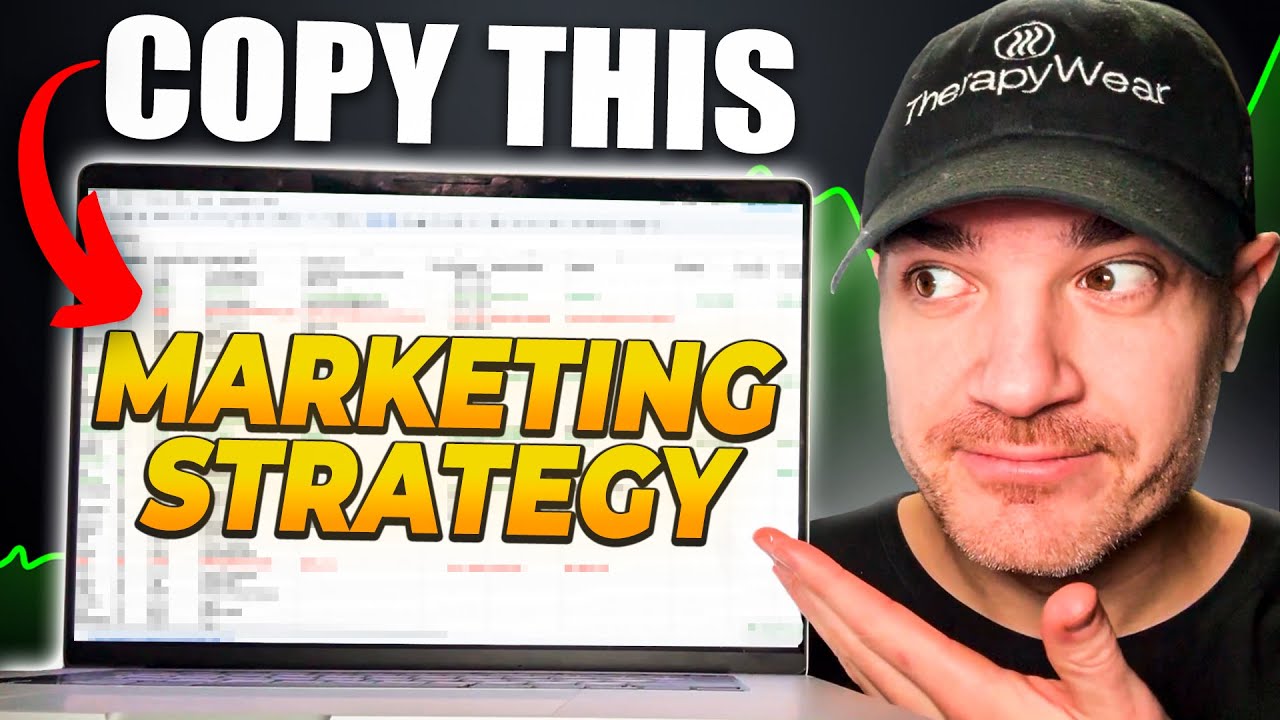I’m struggling to keep up with all the changes in influencer marketing lately. Everything moves so fast and I feel like I’m always behind. What blogs, podcasts, or tools do you guys use to stay current?
For a fintech client, we shifted our focus from chasing micro-influencer trends to analyzing how their audiences aligned with our buyer personas. The pivotal change was treating influencer content as bottom-funnel assets rather than mere awareness tools. We moved away from industry newsletters, opting instead to audit competitor influencer partnerships quarterly, which allowed us to map their content themes to our own editorial calendar. This reverse-engineering revealed gaps we could uniquely fill.
Had a fashion client bleeding money on influencer campaigns until we started tracking UTM parameters for each creative type. We ditched measuring by influencer and focused on post formats instead - carousel vs story vs reel. Carousel posts converted 40% better than everything else, didn’t matter if the creator had 10K or 1M followers. Now we demand specific formats upfront instead of letting influencers pick whatever they want.
We blew three months of budget chasing trending platforms while our content got buried by algorithm changes. The game-changer? We built lookalike audiences from people who actually engaged with comments on successful influencer posts, then used social listening to find creators already talking about our category. Forget chasing every trend - we focused on understanding what made our converting audiences tick.
Had an e-commerce client getting traffic from influencer partnerships but no email signups. We ditched the industry reports and A/B tested lead magnets tailored to each influencer’s audience. Game changer was realizing beauty followers wanted ingredient guides while lifestyle audiences preferred styling tips. Once we segmented opt-ins by influencer type, list growth from those campaigns tripled.
Had an influencer campaign that got clicks but killed our ROAS. Instead of reading more industry blogs, we dug into Facebook’s ad library to see what actually worked from our top influencers. Turns out the user-generated content from those partnerships crushed the original sponsored posts - 180% better performance when we used it for lookalike campaigns. Now every influencer collab is basically creative research for our paid ads.
We had a B2B software client where influencer partnerships weren’t working at all. Then we mapped their content themes to our keyword clusters and everything clicked. Turns out industry thought leaders were already hitting our target topics with top-funnel content. So instead of throwing money at influencer marketing, we reverse-engineered their editorial calendars and focused our content on what they weren’t covering.
Had a SaaS client with solid influencer traffic but awful email signups. We ditched the industry reports and A/B tested our email capture based on how warm each influencer’s audience was. Cold traffic from big influencers needed nurture sequences - warm micro-influencer audiences could take direct product pitches. Email conversions from influencer traffic doubled when we matched message intensity to how familiar the audience was with us.
We used to chase vanity metrics until this beauty brand campaign showed us something different. Sentiment analysis of influencer comments actually predicted sales way better than reach ever did. The creators with smaller, super engaged audiences? They drove 3x more UGC mentions in our social listening tools. Now we focus on conversation quality instead of follower counts when picking partnerships.
Had a client whose influencer campaign was flopping. Dug into the log files and found out none of the sponsored content was getting indexed - all the influencer links had nofollow tags. We got the influencers to switch to dofollow links in their actual content, and boom - 40% jump in organic visibility for our target keywords within two months. The key was realizing influencer partnerships aren’t just brand awareness - they’re link-building goldmines.
Had a campaign where influencer partnerships weren’t converting at all. Turns out the problem wasn’t the influencers - it was our crappy email follow-up. We started treating influencer traffic as its own segment and built separate automation workflows. Each creator got their own trigger, so the messaging actually matched how people found us. Post-influence email CTR jumped 23% just from making the messaging consistent with their entry point.
